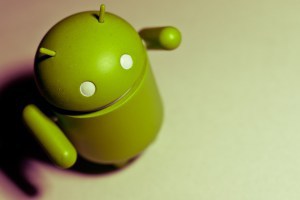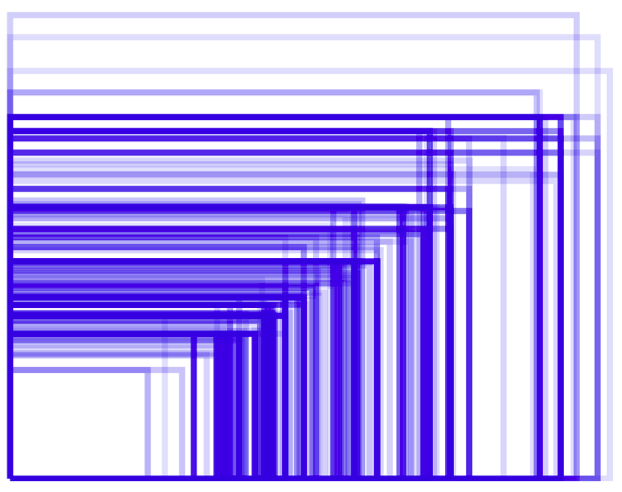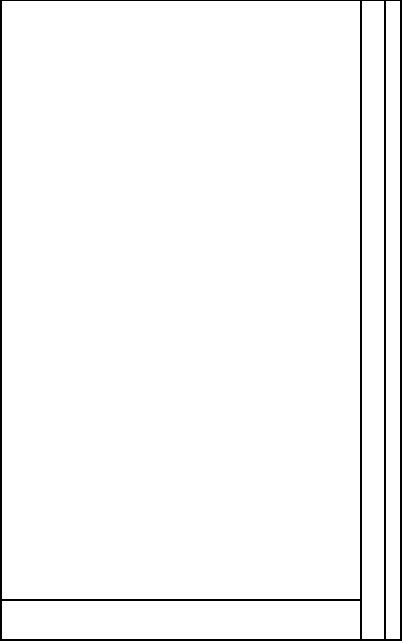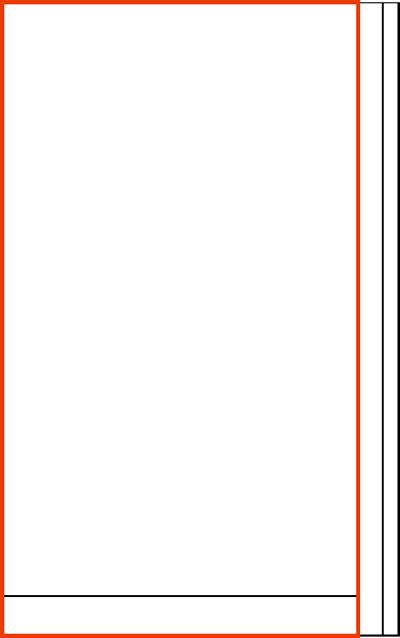Fragmentation of Android almost ceased to be a problem?
 Hi, Habr! Today we want to bring to your attention a translation of the article , in which Eddie Vessallo (CEO Entropy ) gives an interesting point of view on Android fragmentation. It's no secret that among the devices running under this OS, there is not even a hint of some kind of unification of display resolutions. All sorts of smartphones and tablets from dozens, if not hundreds, of manufacturers differ by an incredible variety of display resolutions. This has long led to the fact that the development of applications for Android is associated with very large labor costs for optimizing the interface for all sorts of permissions. However, the author of the original source believes that now it has practically ceased to be a problem.
Hi, Habr! Today we want to bring to your attention a translation of the article , in which Eddie Vessallo (CEO Entropy ) gives an interesting point of view on Android fragmentation. It's no secret that among the devices running under this OS, there is not even a hint of some kind of unification of display resolutions. All sorts of smartphones and tablets from dozens, if not hundreds, of manufacturers differ by an incredible variety of display resolutions. This has long led to the fact that the development of applications for Android is associated with very large labor costs for optimizing the interface for all sorts of permissions. However, the author of the original source believes that now it has practically ceased to be a problem.Let's be frank: as application developers, we always holili and cherished the beauty and elegance of iOS. But over the past few months something strange has happened. Many of our employees started using Android devices as keynotes, shocking colleagues and loved ones. But even more noteworthy is the fact that our projects have started more and more to Android - from native applications for our best customers to prototypes and demo code for Android Wear and Google Glass.
What's going on here? Wasn’t Android one big headache for developers like us (as well as our customers)?
The last few years, the main arguments against the development of Android were:
')
• Strong fragmentation of the used OS versions, which forced the use of old releases of the SDK, API and other tools for the sake of maximum compatibility.
• Hundreds of various display resolutions, hardware features and screen gestures that turn the design and testing process into hell.
• A very small percentage of Android users who could use a specific application on a specific device, which greatly reduced the target audience.
But now the situation has changed. Android is still a challenge for the developer, but we have to admit (and note that these words are recognized fans of iOS) - in 2014, the fragmentation of Android became a myth.
Since 2010, Google has made tremendous efforts to solve this problem facing developers. And they managed to do it in quite impressive and "backstage" ways.
A large proportion of Android users still use old versions of the OS. And Google does not hide it at all . Here are the data as of July 7, 2014:

At first glance, nothing good. Especially when compared with Apple, which has over 90% of users using the latest version of the operating system (iOS 7).
Google's secret weapon in the fight against fragmentation
But this is not the statistics that developers should look for. It's time to talk about Google Play Services. For developers, this is much more important than the OS versions used. Google Play services, introduced in 2012, are an effective tool for downloading basic services needed to run Android applications. If you distract from the variety of OS versions for a minute, the situation appears in a different light - over 93% of Android users use the latest version of Google Play Services.
Equally important is the fact that Google is slowly bringing the main Android functions, APIs and application elements from the operating system to Google Play Services. This gives developers confidence that their applications will work correctly (including various new features) on all devices using the latest version of the Services.
And most importantly, the fifth version of the Services now extends to all devices using Android from 2.3 Gingerbread to 4.4 KitKat. This completely deprives the foundation of the argument that developers are forced to attach themselves to the functionality of older OS versions in order to ensure the compatibility of the core capabilities of their applications.
But what about the zoo display resolutions, because of which you have to go to the bones of designers and testers? On this topic, developer Russell Ivanovic (Russell Ivanovic) published a wonderful post in which he debunked the point of view about the display "hell" of designers. According to Russell, things are not as bad as many developers think. It is believed that the number of permissions used, requiring optimization and testing, looks like this:

Source: Courtesy of OpenSignal's Android Fragmentation 2013 report .
However, Ivanovich does not agree with this and claims that the current set of permissions looks like this:

Designers do not need to rebuild the interface for every possible combination of sides. Instead, it’s enough to work in high resolution with several of the above options that can be easily applied to almost any size displays.
Returning to the main smartphones in our pockets: as developers, we were extremely interested in the changes that have occurred in the Android camp over the past year. From now on, you can forget about the scare-fragmentation, which was the main obstacle for developers.
For our part, we would like to note that the aspect ratio of both YotaPhone displays corresponds to the highlighted option:

The same is true for the second generation of our smartphone. So, based on the foregoing, the creation of the interface and its testing will not require additional efforts on the part of application developers for YotaPhone and YotaPhone 2.
Source: https://habr.com/ru/post/234639/
All Articles